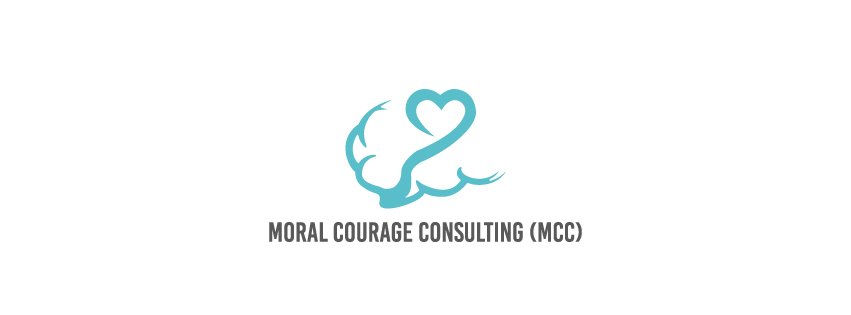What Is Moral Distress?
Introduced by Andrew Jameton, PhD in 1984, moral distress (MD) is a concept originating from the nursing field. It is different from a moral dilemma, which arises when a person is unsure about the morally correct action to take. Moral distress occurs when someone knows the morally right action but faces internal or external constraints that prevent them from acting on their values.
Internal constraints can include feelings of powerlessness, while external constraints may involve differing values or expectations from one's profession, colleagues, or others in the workplace.
Moral distress can lead to various negative consequences, such as:
Sleep problems
Feelings of guilt, fatigue, anger, frustration, powerlessness, and insecurity
Higher risk of job turnover
Longer absences from work
Reduced job satisfaction
Early retirement or leaving the profession
Not limited to nurses and healthcare professionals, moral distress can also affect humanitarian aid workers, disaster first responders, and other professionals who encounter ethical dilemmas and face constraints in their work. When left unaddressed, moral distress not only impacts individuals but also has significant societal costs.
In healthcare settings, for example, moral distress has been linked to burnout, reduced job satisfaction, and increased rates of turnover among healthcare providers. It can also have negative effects on patient care, leading to errors, suboptimal treatment decisions, and a lack of trust between patients and healthcare providers.
In other settings, such as military or law enforcement, moral distress can lead to PTSD, depression, and anxiety. It can also compromise the ethical integrity of the organization and erode public trust.
By addressing moral distress, individuals and organizations can promote ethical behavior and decision-making, improve mental health and well-being, and enhance the quality of care or services provided. This can be achieved through a variety of interventions, such as consultations and support, education and training, and organizational policies and practices that support ethical decision-making.
